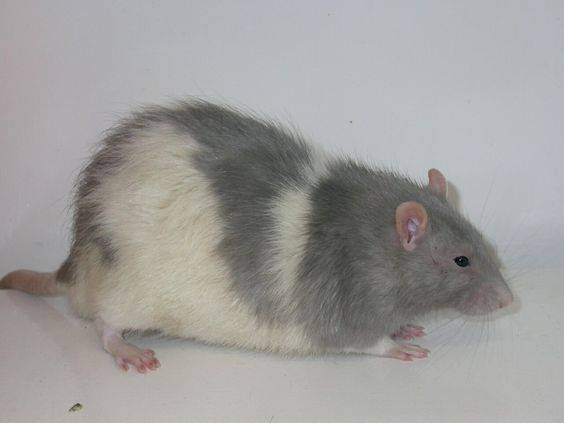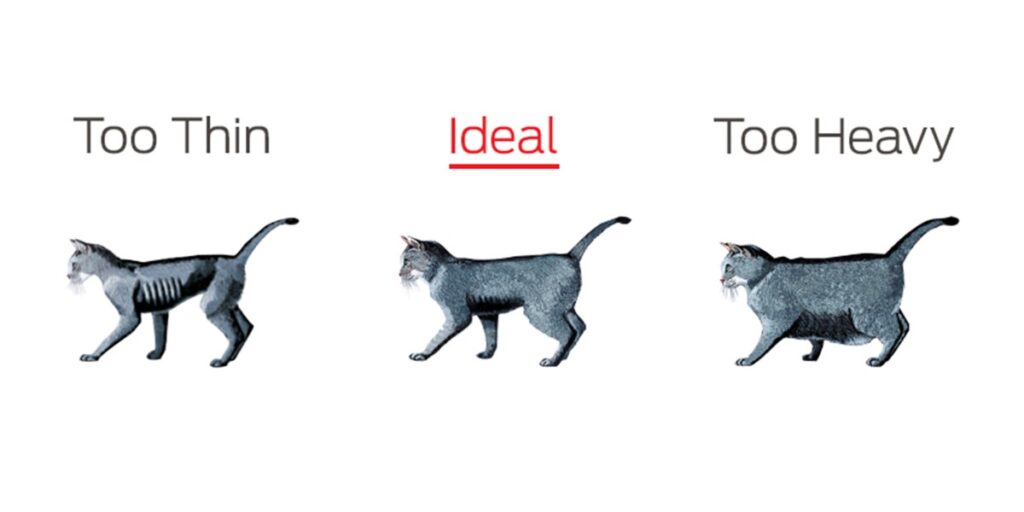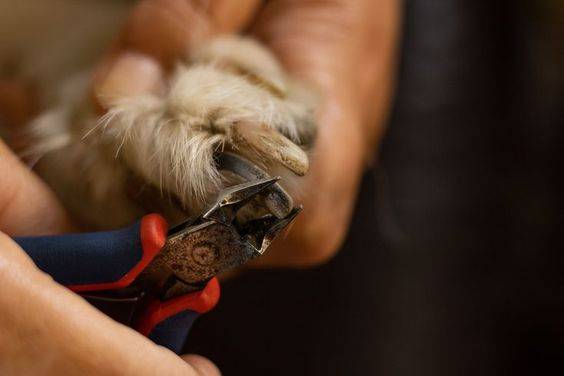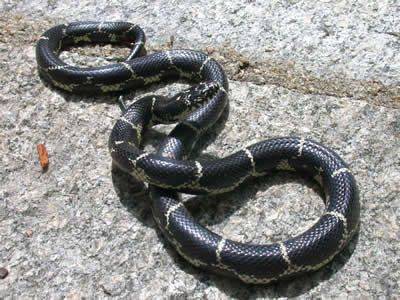Hooded rats, known for their distinctive black or brown “hoods” that cover their heads and shoulders, have a fascinating history intertwined with both scientific research and pet keeping. These rodents, scientifically classified as Rattus norvegicus, have captured the interest of researchers, breeders, and pet enthusiasts alike. Their story spans centuries, reflecting their journey from wild pests to beloved pets and invaluable research subjects.
Origins and Early History of hooded rat
The story of hooded rats begins with the Norway rat (Rattus norvegicus), which originated in the plains of northern China and Mongolia. Over centuries, these adaptable creatures spread across Asia and Europe, hitching rides on trade routes and ships. By the 18th century, Norway rats had firmly established themselves in Europe, where they were often viewed as pests due to their tendency to infest human habitats.
During the 19th century, European scientists began to take an interest in these rats for research purposes. The Norway rat’s adaptability, high reproductive rate, and physiological similarities to humans made them ideal for scientific study. This period marked the beginning of selective breeding, which eventually led to the emergence of various rat breeds, including the hooded variety.
The Development of the Hooded Rat
Selective breeding played a crucial role in the development of hooded rats. In the late 19th and early 20th centuries, researchers and hobbyists began to breed rats for specific traits, including coat color and patterns. Hooded rats, characterized by their unique color pattern, became particularly popular.
The hooded pattern is controlled by the “hooded” (h) gene, which is recessive. Breeders selected rats exhibiting this pattern and bred them together to establish a stable hooded line. Over time, the hooded rat became a distinct and recognizable variety within the pet rat community.
Hooded Rats in Scientific Research
Hooded rats have played a significant role in scientific research, contributing to our understanding of genetics, behavior, and disease. Their uniform coat pattern and genetic consistency made them ideal subjects for laboratory studies. The Wistar Institute, founded in 1892 in Philadelphia, was one of the first research institutions to establish a colony of hooded rats for scientific purposes.
One of the most notable contributions of hooded rats to science is in the field of genetics. Researchers have used these rats to study inheritance patterns, genetic mutations, and the effects of various genes on behavior and physiology. The consistency of the hooded pattern has allowed scientists to track genetic traits with greater accuracy.
In addition to genetics, hooded rats have been instrumental in medical research. Their physiological similarities to humans make them valuable models for studying human diseases, including cancer, diabetes, and neurological disorders. The use of hooded rats in research has led to significant advancements in medical science and the development of new treatments and therapies.
The Rise of Hooded Rats as Pets
While hooded rats were making strides in the scientific community, they were also gaining popularity as pets. The 20th century saw a surge in interest in keeping rats as companion animals, and the hooded rat quickly became a favorite among pet enthusiasts.
One reason for their popularity is their friendly and social nature. Hooded rats are known for their intelligence, curiosity, and ability to form strong bonds with their human caretakers. They can learn tricks, solve puzzles, and even respond to their names. Their engaging personalities and relatively low maintenance requirements make them ideal pets for both adults and children.
Hooded rats also have a relatively short lifespan of about 2-3 years, which makes them appealing to people who may not want the long-term commitment required by other pets like dogs or cats. Their small size and adaptability to living in cages also make them suitable for apartment dwellers and those with limited space.
Breeding and Genetics
Breeding hooded rats requires an understanding of their genetics and careful selection of breeding pairs. The hooded pattern is controlled by the recessive “h” gene, meaning that a rat must inherit two copies of the gene (one from each parent) to display the hooded pattern. Breeders often use Punnett squares to predict the outcomes of specific pairings and to ensure the continuation of the desired traits.
In addition to the hooded pattern, breeders may select for other traits such as coat color, size, and temperament. This selective breeding has led to a wide variety of hooded rats, each with unique characteristics. Some common coat colors in hooded rats include black, brown, agouti, and albino. Breeders strive to maintain the health and vitality of their rats by avoiding inbreeding and selecting for traits that promote overall well-being.
Hooded Rats in Popular Culture
Hooded rats have made appearances in popular culture, often portrayed as intelligent and resourceful animals. They have been featured in books, movies, and television shows, sometimes as loyal companions and other times as cunning survivors.
In recent years, hooded rats have gained popularity on social media platforms, where pet owners share photos and videos of their beloved rats performing tricks, exploring their environments, and interacting with their human families. This increased visibility has helped to dispel some of the negative stereotypes associated with rats and has highlighted their potential as loving and intelligent pets.
The Future of Hooded Rats
The future of hooded rats looks promising, with continued interest in their roles as pets and research subjects. Advances in genetic research and breeding techniques are likely to lead to even greater diversity within the hooded rat population. Additionally, increased awareness of their positive attributes may help to further reduce the stigma associated with rats.
As scientific research continues to uncover new information about genetics, behavior, and disease, hooded rats will remain valuable contributors to our understanding of these fields. Their contributions to medical research are likely to expand, potentially leading to new treatments and therapies for human diseases.
In the realm of pet keeping, hooded rats will continue to be cherished for their intelligence, affectionate nature, and unique personalities. Efforts to promote responsible breeding and care will ensure that these rats remain healthy and happy companions for years to come.
Inference
The history of hooded rats is a testament to their adaptability, intelligence, and unique appeal. From their origins as wild rodents to their roles as research subjects and beloved pets, hooded rats have made significant contributions to science and society. Their distinctive appearance and engaging personalities have earned them a special place in the hearts of many, and their future continues to shine brightly.
As we look back on the journey of hooded rats, it is clear that their story is one of resilience and transformation. They have overcome challenges, adapted to new environments, and formed meaningful connections with humans. Whether in the laboratory or the living room, hooded rats have proven themselves to be remarkable creatures with a rich and fascinating history.







